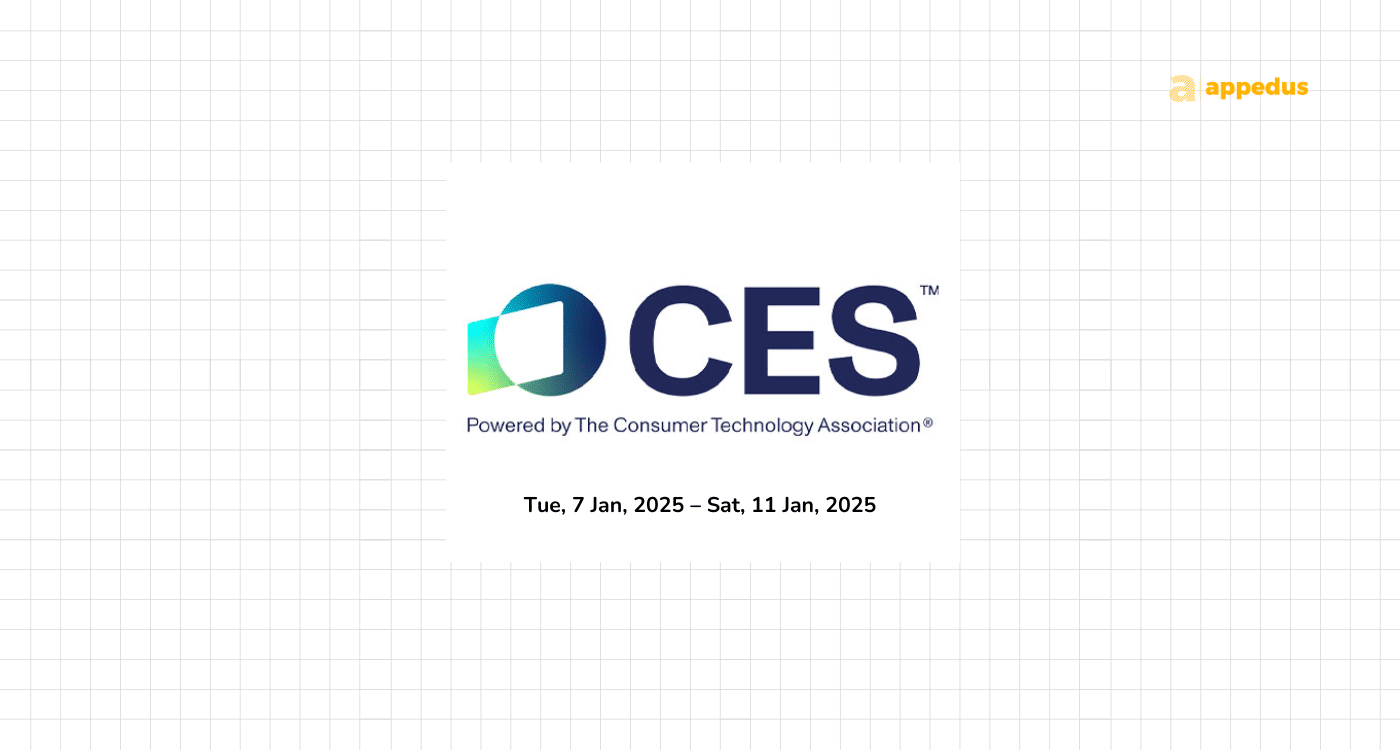- Ubiquitous marketplace with personalised commerce, precise delivery network, and metaverse
- Looking beyond 5G as rules of engagement shifts and consumer wants convenience
E-commerce has exploded exponentially, especially in the recent few years.
The Department of Statistics Malaysia, DOSM, reported that Malaysia’s income on e-Commerce transactions surpassed the US$232.188 billion (RM1 trillion) mark for the very first time in 2021, at a growth rate of 21.8%, compared to US$ 208,069 billion (RM896 billion) in 2020. The trajectory continues to grow – at the end of the second quarter in 2022, the total e-Commerce income was recorded at US$ 131,497 (RM566.4 billion), registering a positive growth of 7.7% compared to the same quarter in 2021.
DOSM further reported that, in 2021, e-Commerce contributed to 13% of Malaysia’s GDP, whilst the contribution was 11.8% the year before. With e-Commerce at the front and centre of the digital economy, the Malaysia Digital Economy Corporation (MDEC), the nation’s lead digital economy agency, has sought to seek a deeper understanding of current developments and how they may evolve into industry-changing paradigms, to enhance the readiness of all stakeholders to plan, react and adapt to game-changing shifts in the future.
In this regard, MDEC has developed the “E-Commerce Trend Radar: Envisioning the Next Decade in E-Commerce” report towards setting out a forward-looking insight in line with MDEC’s strategies under Malaysia Digital and to work closely with relevant stakeholders to assess the opportunities that future trends may bring, in optimising the benefits of the digital economy.
The future is, by and large, unpredictable.
In envisioning the future of e-Commerce, the team scanned the current e-Commerce landscape and actively engaged with stakeholders to uncover drivers of change. The exercise involved conversations with global technology companies, regional e-Commerce industry players and the local e-Commerce community, to learn about current developments and the direction that they are moving towards.
From these conversations, rapid developments within several game-changing key technological and socio-economic drivers that are expected to shape future innovations within the e-commerce ecosystem were identified. These range from Anticipatory Analytics, Artificial Intelligence, the Internet of Things, eXtended Reality (XR), Virtual Worlds, and Conscious Consumerism to Next Generation Wireless.
Some of the key takeaways were:
- Beyond 5G: With connectivity as the backbone of future innovations, the industry is looking beyond 5G, towards 5.5G and even 6G, in anticipation of a highly immersive and much enhanced and richer overall experience.
- The rules of engagements are shifting: As the line between social and commerce blurs, brands will flock to where consumers spend their time, to engage customers in an increasingly distracted world. E-commerce is expected to evolve from a functional-based service to becoming a part of entertainment and societal interactions.
- Consumers want convenience: Even the “3-click rule” falls short of convenience. Continuous advances in technological innovations, such as ultra-powerful microchips and brain-control interfaces, could revolutionise the way we shop.
- Eco-friendly is business friendly: The rise of circular economy, re-commerce, and shifts in consumer attitudes towards environmental responsibility will shape and influence businesses to rethink their entire supply chain approach.
These key takeaways with social-economic and technological key drivers, along with “signals” in the form of observable indications in the emergence of innovations through early-stage deployment and adoption, have led to the anticipation and vision of five plausible future trends in MDEC’s E-Commerce Trend Radar.
Future Trend #1 Ubiquitous Marketspaces: Continuous advances in technological innovations will revolutionise the way we shop. We are anticipating shopping to break out of conventional touchpoints, beyond the current definition of e-marketplaces.
To attract the ever-shrinking attention span of consumers, brands and businesses are expected to strive towards challenging the conventional notion of convenience in the existing 3-click rule. We can expect a robust push towards an omnipresent market space to expand beyond the current confined definitions of a marketplace.
Commerce would be accessible in new pockets of spaces to extend to daily pursuits such as home appliances, in-car consoles, and intelligent wearables. Integrated sensors, ultra-portable powerful microchips, and ambient intelligence within the consumers’ everyday environment will enable ubiquitous marketspaces to be at the consumer’s disposal anytime, anywhere.
Future Trend #2 Hyper-Personalised Commerce: The ability to harness the abundance of real-time, granular consumer data will drive advanced analytics for brands and businesses to build highly individualised, customer-centric, and convenient shopping experiences. We are anticipating a highly personalised e-Commerce to the extent of being able to cater to the consumer’s unique and exact specifications.
Hyper-personalised commerce will go beyond anticipating every consumer’s preference to realising each consumer’s desired products to the exact specifications enabled by advancement and cost efficiency in 3D printing and 3D-visualisation technologies.
Future Trend #3 Ultra-Precise Delivery Network: Greater openness and a highly collaborative network is expected to cater to consumers’ demands for agile deliveries to adapt to their behaviour and lifestyles. We are anticipating the future of fulfilment to be highly agile, dynamic and efficient.
The advancement in geolocation-based autonomous deliveries adapting to consumers’ lifestyles coupled with the push for economic efficiencies and optimisation in delivery through open collaboration frameworks are expected to drive greater optimisation of fulfilment. We can expect fulfilment to be highly precise, to the extent of enabling the delivery of goods straight into the consumers’ hands, locating the consumer who is always on the go, wherever he or she may be.
Future Trend #4 Metaverse Commerce: As social interaction, work and relationships migrate into the metaverse worlds, new marketplaces can be expected to emerge to shift material goods along with them. We are anticipating metaverse commerce to open up relentless new possibilities with immersive and spectacular hyper-realistic experiences, towards delivering a fully functioning economy.
In its June 2022 report, McKinsey’s highlighted that US$120 billion in investment has flowed into the metaverse so far in 2022 with 79% of consumers active on the metaverse having made a purchase. McKinsey forecasts that the metaverse has the potential to grow to US$5 trillion in value by 2030, with e-Commerce as the largest economic force with a potential of US$2.6 trillion.
The trend towards metaverse commerce is empowered through, among other drivers, the rise in massive computing processing power, next-generation wireless network capabilities, disruptive payment technologies, and the widespread use of XR technologies.
Future Trend #5 Eco-Commerce: Eco-friendly and sustainable e-Commerce practices have become inevitable with shifts in social attitudes and heightened scrutiny by eco-conscious consumers. We are anticipating the embodiment of the Environment, Social well-being, and Governance (ESG) and sustainability agenda into mainstream e-Commerce.
Driven by conscious consumers, technological innovations, and inclusive policies and regulatory measures, businesses can be expected to be more responsive to embrace a strong ecosystem culture and continuous innovations across the entire e-Commerce ecosystem to move the industry towards a cleaner and greener future.
Anticipating the future also means preparing for it. It is crucial that we lay the groundwork for a digital ecosystem that will be ready for any changes and disruptions in the e-Commerce space.
Through strategies under the Malaysia Digital (MD), the Ministry of Communications and Multimedia together with MDEC are working in tandem to build the foundation of Malaysia’s digital transformation.
MD is a national strategic initiative to encourage and attract companies, talents and investment while enabling Malaysian businesses and rakyat to play a leading part in the global digital revolution and digital economy. By attracting high-value digital investments, creating a digitally savvy society, and facilitating a business-friendly and sustainable digital ecosystem, we can foster a digital economy that is prepared and resilient.
With Digital Trade as one of the Malaysia Digital Catalytic Programmes – PEMANGKIN – e-Commerce is no longer regarded as the end game. Instead, e-Commerce will be driven as the springboard towards Digital Trade.
Underpinning Digital Trade is the seamless and end-to-end movement of data to enhance the efficiency, accuracy, and reliability of transactions across sectors and industries. An open, reliable, and interoperable digital trade ecosystem would optimise efficiency and convenience, promote transparency and traceability, reduce barriers and facilitate businesses to reach new consumers and markets within and across borders.
With the dynamic and evolving nature of innovations, policymakers, technologists and businesses within the digital economy ecosystem should keep abreast of new and emerging future trends highlighted above, to be ready to embrace game-changing shifts in the landscape.
I invite you to read and make full use of the “E-Commerce Trend Radar: Envisioning the Next Decade in E-Commerce” report here at https://mdec.my/e-commerce-trend-radar





















Discussion about this post